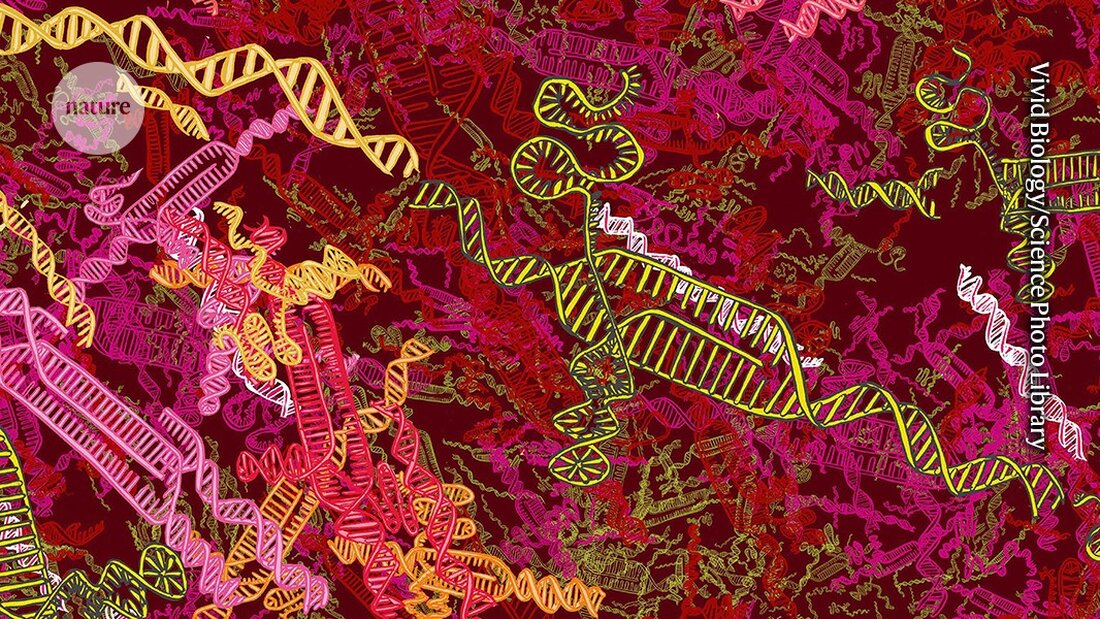CRISPR genetic engineering: Advanced therapies on the way to the clinic
The latest advances in CRISPR genome editing promise effective therapies against blood diseases in everyday clinical practice.

CRISPR genetic engineering: Advanced therapies on the way to the clinic
A new wave of gene therapies comes to the fore - while at the same time the field struggles with the challenge of the first generation of expensive and complex CRISPR treatments to make it accessible to the people who need it.
“Casgevy showed clear benefits for general health, as well as for physical, emotional, social and functional well-being,” said Franco Locatelli, a pediatric hematologist and oncologist at Bambino Gesù Children's Hospital in Rome, who presented the data. He added that the therapy “has the potential to provide a unique functional cure.”
Although other companies are trying to emulate Casgevy's success, the treatment's complexity and high price have raised concerns that it will be out of reach for many people.
Stuart Orkin, a pediatric hematologist and oncologist at the Harvard Stem Cell Institute in Cambridge, Massachusetts, told the meeting: "The imperative now is to develop effective and safe therapies that are easily accessible to the many patients who could benefit from them."
Fetal hemoglobin as a solution
Both β-thalassemia and sickle cell anemia are caused by mutations in one of the genes that code for hemoglobin, the oxygen-carrying molecule in red blood cells. A different, fetal form of hemoglobin may help offset the effects of these mutations, although their production typically shuts down shortly after birth. Casgevy uses CRISPR–Cas9 to deactivate this genetic switch and enable the production of fetal hemoglobin again.
Last November, the UK became the first country to approve Casgevy. The U.S. Food and Drug Administration followed suit in December, and several other countries have now also approved the therapy. More than 45 treatment centers worldwide have been authorized to provide Casgevy, according to developers Vertex Pharmaceuticals in Boston, Massachusetts, and CRISPR Therapeutics in Zug, Switzerland.
However, the treatment must be made from an individual's own blood stem cells, which can take months. And countries continue to struggle with how to integrate the cost of the $2.2 million therapy into their health system budgets.
In the United Kingdom, for example, a government advisory body announced in August that treatment would be made available to up to 460 patients with severe β-thalassemia through the national health program. However, a decision on whether Casgevy will also be made available to people with sickle cell anemia is still pending; the Advisory Council said in March that this use might not be cost-effective.
This led to a wave of public consternation, says Yasmin Sheikh, head of policy and public relations at Anthony Nolan, a charity in London that focuses on blood cancer and blood stem cell transplants. The organization was literally flooded with inquiries. “We had more feedback than ever before on a drug review,” says Sheikh. “It was powerful and sad.”
Long-term benefits
One of the advisory panel's concerns was uncertainty about how long Casgevy's effects will last. At the hematology conference in San Diego, researchers presented data showing that benefits in both conditions can last for at least five years. Treatment with Casgevy reduced the need for blood transfusions in patients with β-thalassemia and reduced hospital stays in patients with sickle cell disease. Over 90% of participants with sickle cell anemia reported that they had no pain crises — painful episodes caused by the blockage of blood vessels by malformed blood cells — for at least 12 consecutive months.
This is a proof of principle for gene therapies that has encouraged a variety of other companies and academic researchers in the field. During the meeting, Justin Eyquem, a cancer immunologist at the University of California, San Francisco, presented results from animal studies that used CRISPR-Cas9 editing to develop cancer-fighting immune cells called CAR-T cells. Paula Rio, an immunologist at the Autonomous University of Madrid, shared how she is testing several gene therapy techniques to develop a treatment for Fanconi anemia, a rare genetic disorder that increases the risk of cancer.
Others stick with sickle cell anemia. Beam Therapeutics in Cambridge, Massachusetts, presented data from its first clinical trial of a treatment for sickle cell disease using a technology called base editing. This method is related to CRISPR, but makes more precise changes in the DNA strand than CRISPR. Fetal hemoglobin levels rose to more than 60% of total hemoglobin in seven treated individuals by the end of October.
Life-threatening risks
Such therapies, including Casgevy, carry risks: The death of a participant in the Beam study was likely the result of chemotherapy used to remove unmanipulated blood stem cells from the body, which is necessary to make room for the edited cells. This chemotherapy, called busulfan, can also cause infertility.
At the meeting, Beam, along with another Cambridge-based gene therapy company, Prime Medicine, presented results from animal experiments that tested ways to make the process safer. Beam used an antibody that specifically attacks blood stem cells to reduce their numbers but leave other cells unharmed. The company then modified its base-editing therapy so that the edited cells were immune to treatment with the antibody. Animal studies suggested this approach might work: edited cells persisted in treated animals for at least six months.
Prime Medicine presented data on a similar approach to avoiding chemotherapy using a newer editing technique known as prime editing. Prime editing can insert or delete DNA with more precision than CRISPR–Cas9 editing and is more versatile than base editing.
Overall, these approaches and others could be crucial to making gene therapies for blood diseases safer and more accessible, John Tisdale, a hematologist at the National Heart, Lung, and Blood Institute in Bethesda, Maryland, said at the meeting. “The way we currently do it is simply not scalable,” he added. “But things are moving quickly.”

 Suche
Suche
 Mein Konto
Mein Konto
